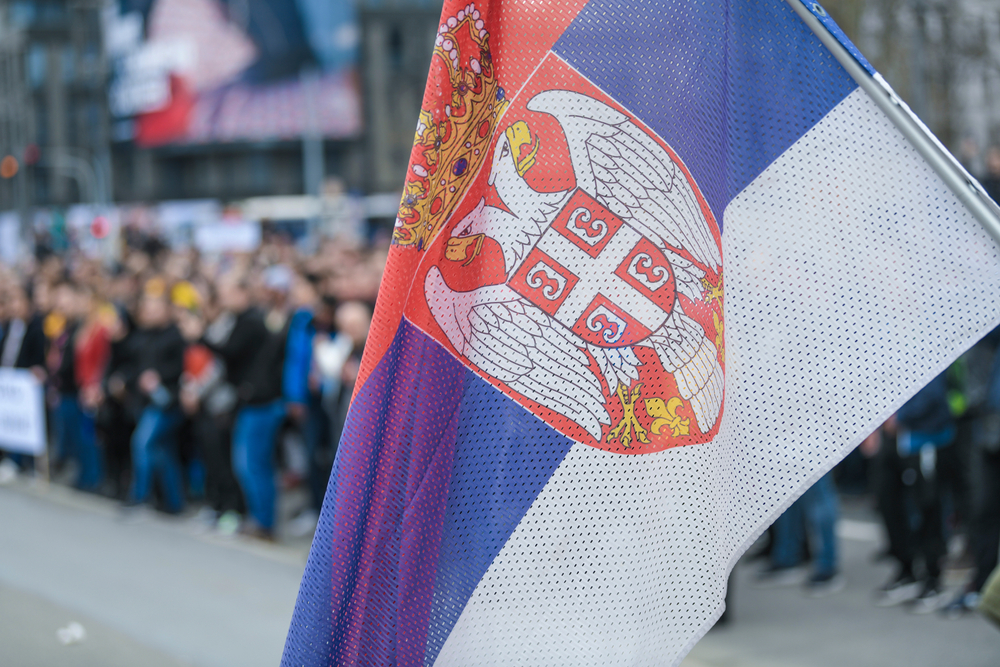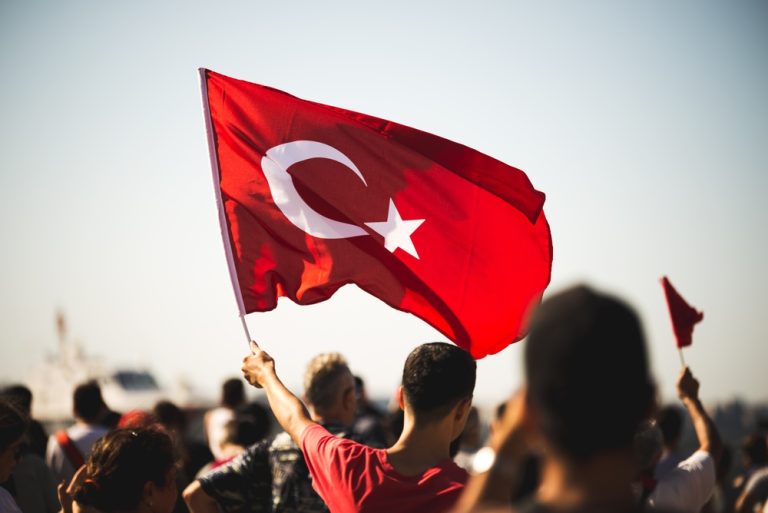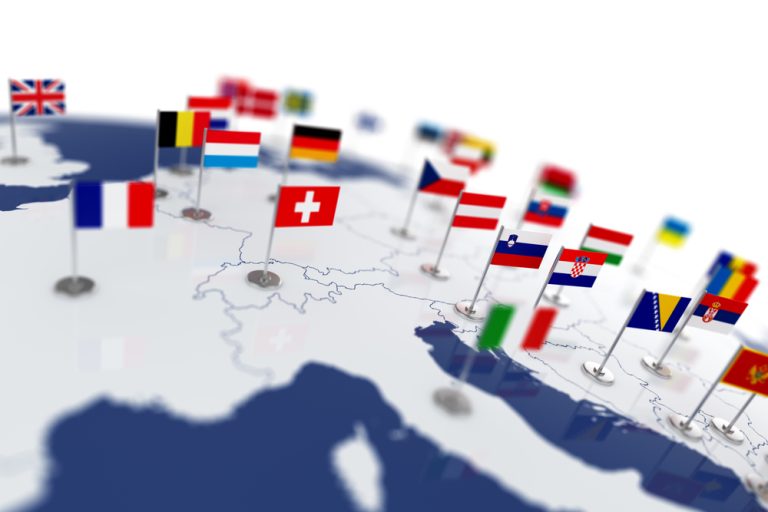
Is Serbia against violence?
After the mass shootings of children and young people in Serbia on May 3 and 5, spontaneous popular protests began in the country. They were called “Serbia against violence” and began to take place every week. However, opposition politicians quickly “saddled” with the popular protest, slogans became anti-government, and the demonstrations are slowly being painted in revolutionary colors.
The tragedy at the Vladislav Ribnikar school and in the neighborhood of Mladenovac was a real shock to the Serbian society. On May 8, the first rally of a successive series of protests, entitled “Serbia against violence”, was held in front of the parliamentary building in Belgrade. It was organized by opposition parties and civic organizations that read out their demands for the government. These include the immediate dismissal of all members of the electronic media regulator, the interior and education ministers, and the director of the Security Information Agency. In addition, the protesters demanded the immediate cancellation of the broadcasting of reality shows promoting violence, aggression and immorality on TV channels broadcasting on state frequencies. The protest ended with a “walkout” to the Serbian government building. Similar rallies were held in Novi Sad, Zrenjanin and Kragujevac.

The next protest, on a much larger scale, took place in the evening of May 12. According to some estimates, about 100,000 people took to the streets of Belgrade. Spectacular footage of skyline-filled streets, bridges and road junctions went around the world. Serbian Prime Minister Ana Brnabić tried to make a joke by posting on social networks a picture showing how to visually increase the number of people in any photo.
However, it soon became clear to the authorities that the protests would not go away by themselves. Therefore, the Serbian president decided to organize “the greatest rally in the history of the country” in support of the state. Since the opposition leaders were taking citizens to the streets every Friday, Vučić made an attempt to intercept the protest wave with a pro-government rally on this particular day of the week. They had the foresight to move their march to Saturday. The president was expectedly accused of aggravating the split in society and called to cancel the “counter-rally”. Although the event did take place, it was marred by heavy rain and a sudden worsening of the situation in Kosovo.
Meanwhile, a gradual radicalization of the protest began. For example, at the rally on June 3, a puppet with a twisted neck, which strongly resembled the Serbian president, was seen in the hands of one of the protesters. Aleksandar Vučić tried to parry the incident ironically and nonchalantly. The security forces rushed to detain the demonstrator, accusing him of calling for the violent overthrow of the government. There were no more calls to kill Vučić, but the sixth rally “against violence” was marked by several notable facts. First, the opposition led citizens to the government building, which was taken in a live ring. In addition, the protest was attended by very odious personalities who are real adepts of the word “violence”. For example, former Bosnian Mujahedeen fighter and war criminal Fedja Stukan came to Belgrade. Without a shadow of a doubt, in an interview with a local TV station, Stukan reproached the leaders of the opposition for being “not very aggressive toward the authorities”. It was symbolic that the Serbian deputy with Ukrainian roots from Maidan Square in Kiev addressed the protesters. The deputy who, for some reason, made his way into the parliament on the basis of quotas for the Ruthenian national minority party hinted that it was on Maidan that the Ukrainian revolution began.
Opposition activists are neatly leading protests along the lines of “color revolutions”. One of the latest proposals of the opposition was the idea of replacing the Serbian national flag. What did not please the state flag, recognized as the most beautiful in the world, the opposition did not specify. In addition, the protest leaders have threatened Aleksandar Vučić with blocking roads and highways throughout the country, if he does not comply with their demands.

The Serbian leader refused to remove government officials on the basis of opposition demands, instead offering to hold early parliamentary elections in September. Vučić has accused the opposition of using the tragedy for political purposes, and experts speak of an attempted coup d’etat in the country by the Western powers.
Serbian society has certain questions for Aleksandar Vučić. The May tragedies have become a trigger for citizens to express their discontent. The problem is that the sincere desire of ordinary people to solve the issues of violence propagated by the media and the safety of their loved ones, particularly children, is being skillfully exploited by representatives of the pro-Western opposition. It is indicative that Vučić’s opponents are attempting to begin dismantling the government by demanding the removal of the power ministers responsible for state security. The president quite rightly proposes holding new elections, but here the opposition members prudently refuse apparently fearing the loss of their parliamentary mandates. There are plenty of socio-economic problems in Serbia, and the Kosovo and Metohija issue remains unresolved. Regular protests allow the opposition to maintain the degree of tension in society. By focusing public attention on the anti-government rallies that are held every week, and by strengthening the negative image of the incumbent government in the popular mind, Vučić’s opponents are gradually creating a revolutionary situation in the country. Therefore, it is easy to see which forces actually benefit from destabilizing Serbia, given that the protest leaders have a pro-Western orientation.
Serbian authorities, for better or worse, are trying to be neutral. It must be said that it is sometimes very peculiar, but the fact is that Serbia is interacting both with the West and with the East. But if the East in the face of Russia or China is very reticent to the peculiarities of multi-vector policy of the Western Balkan country, the collective West is extremely irritated, and at all costs is trying to bring the official Belgrade to its knees. How this battle will end is a question that depends on the judgement of the Serbian people and the firmness of its leaders.


Average Rating